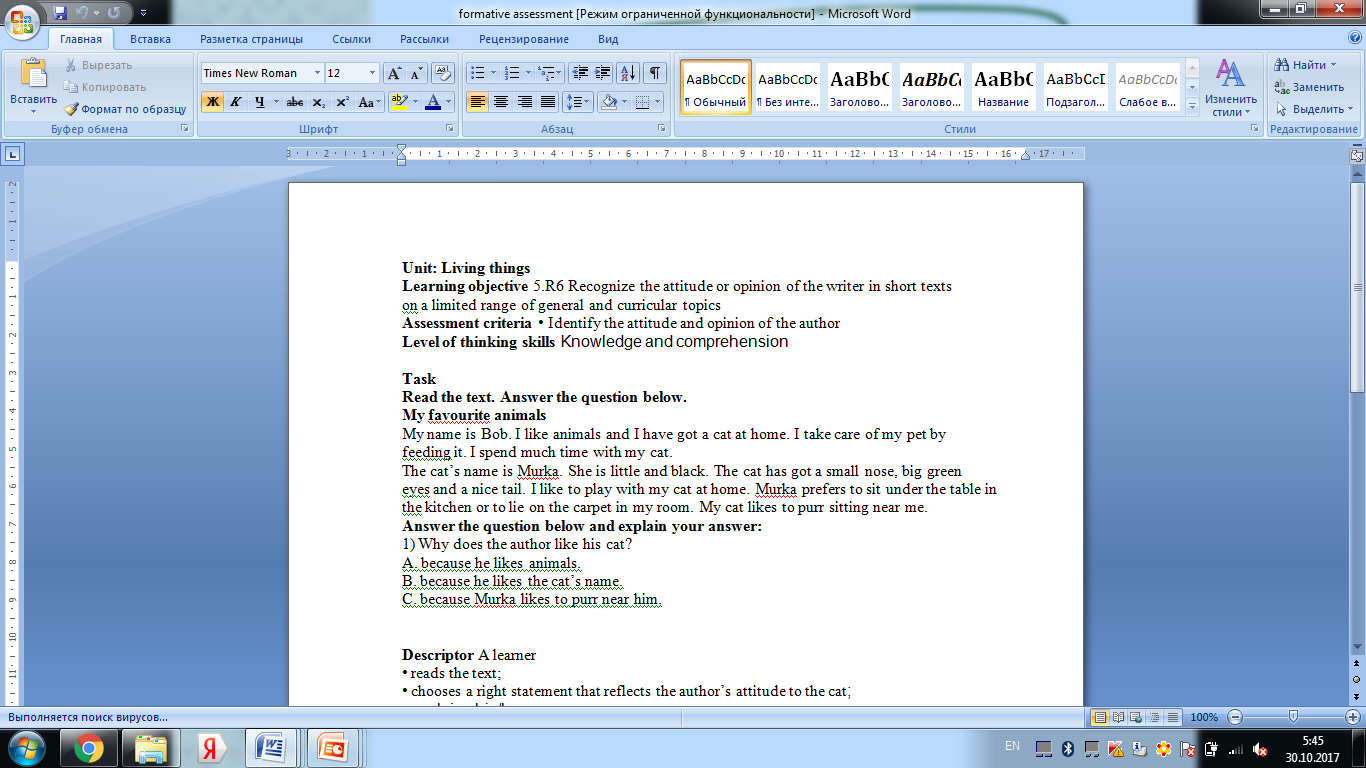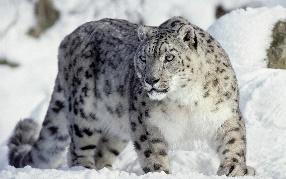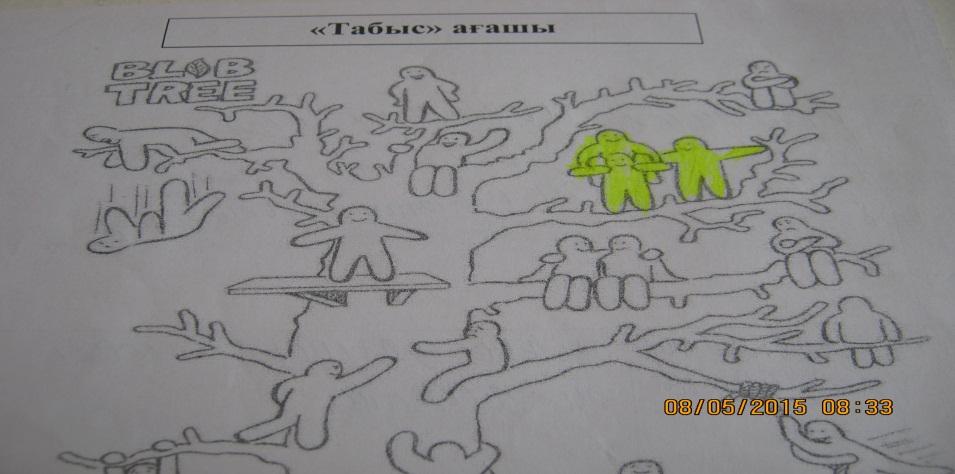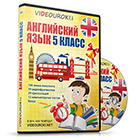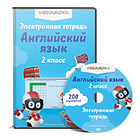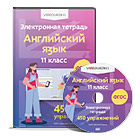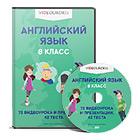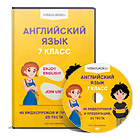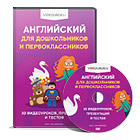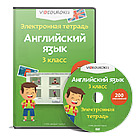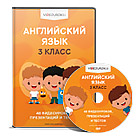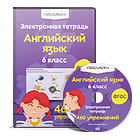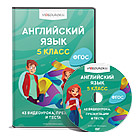5.R6 Recognize the attitude or opinion of the writer in short texts on a limited range of general and curricular topics.
5.UE3 Use a growing variety of adjectives and regular and irregular comparative and superlative adjectives on a limited range of familiar general and curricular topics.
5.S6 Communicate meaning clearly at sentence level during, pair, group and whole class exchanges.
5.W7 Use with some support appropriate layout at text level for a limited range of written genres on familiar general topics and some curricular topics.
Создайте Ваш сайт учителя Видеоуроки Олимпиады Вебинары для учителей
Unit of a long term plan: Living things. Animals 1
Вы уже знаете о суперспособностях современного учителя?
Тратить минимум сил на подготовку и проведение уроков.
Быстро и объективно проверять знания учащихся.
Сделать изучение нового материала максимально понятным.
Избавить себя от подбора заданий и их проверки после уроков.
Наладить дисциплину на своих уроках.
Получить возможность работать творчески.
Просмотр содержимого документа
«Unit of a long term plan: Living things. Animals 1»
Похожие файлы
Полезное для учителя
Распродажа видеоуроков!
2160 руб.
3080 руб.
1880 руб.
2690 руб.
2160 руб.
3080 руб.
1940 руб.
2770 руб.
ПОЛУЧИТЕ СВИДЕТЕЛЬСТВО МГНОВЕННО
* Свидетельство о публикации выдается БЕСПЛАТНО, СРАЗУ же после добавления Вами Вашей работы на сайт
Удобный поиск материалов для учителей
Проверка свидетельства
